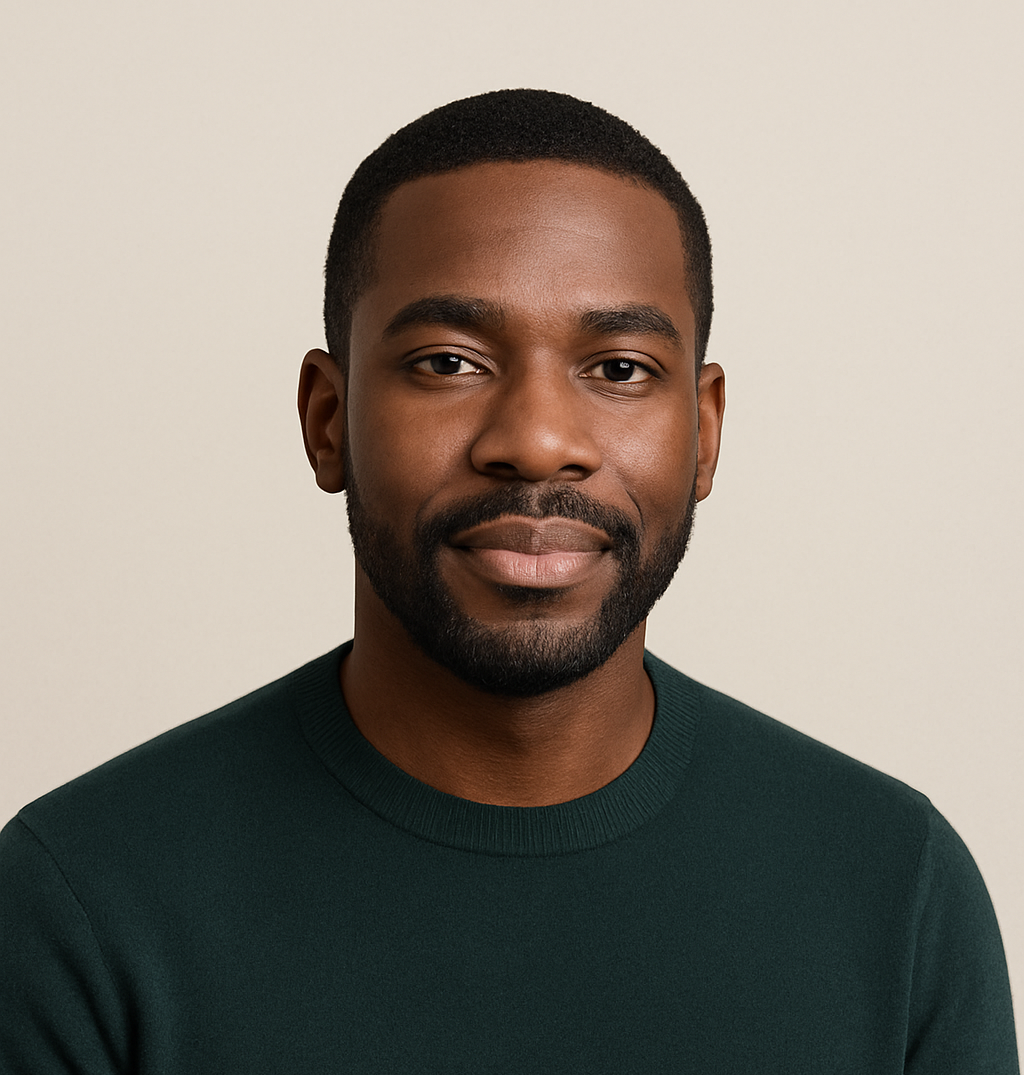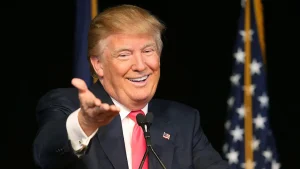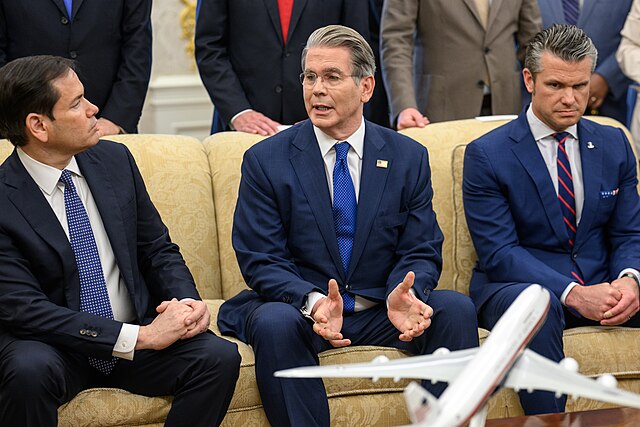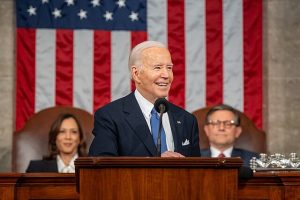A Meeting That Caught the World’s Attention
When President Donald Trump hosted Russian President Vladimir Putin in Alaska last Friday, headlines quickly followed. The unusual location, the timing, and the sheer spectacle of the event drew global scrutiny. Now, fresh comments from Treasury Secretary Scott Bessent are shedding more light on what the meeting was meant to signal—and how the administration wants the world to view it.
Alaska as the Stage
Bessent, speaking in a CNBC interview, described the gathering not as routine diplomacy but as a carefully staged demonstration of American strength. “Alaska was a show of force by President Trump,” he explained. According to him, the symbolism ran deep: Putin was invited to land in territory once claimed by Russia, only to be greeted with an unmistakable display of U.S. military might.
The arrival ceremony featured a red carpet walk for Trump and Putin while American fighter jets escorted a B-2 bomber in a dramatic flyover. To Bessent, the message was unmistakable. “It’s like inviting your uncontrollable neighbor over and showing him your gun case,” he quipped.
A Wider Diplomatic Push
While the Alaska meeting stole the spotlight, it was only one piece of Trump’s broader week of high-level diplomacy. Bessent highlighted a ninety-minute Oval Office session with Ukrainian President Volodymyr Zelensky, describing it as “a very good meeting” that delved into sensitive security issues.
That same week, Trump also convened with European leaders at the White House. Bessent characterized the gathering as “an incredible group” and emphasized that the series of meetings showed America at the center of ongoing efforts to find a resolution to the war in Ukraine.
The Call Everyone Wanted to Know About
The day in Alaska ended with something less visible but potentially more consequential: a phone call between Trump and Putin. Bessent confirmed the conversation took place but stopped short of providing details. What he did offer, however, was a strong prediction.
“My belief is that this will lead to a bilateral meeting between President Putin and President Zelensky,” Bessent said. He stressed that direct dialogue remains the only true path forward. “That’s the only way to end this conflict—get the two sides talking.”
Strength Paired With Diplomacy
For the Trump administration, Bessent’s comments reinforced a broader message: projecting strength and opening doors for negotiation are not contradictory but complementary strategies. The Alaska demonstration, complete with bombers and fighter jets, was intended to remind the world of U.S. power. At the same time, the follow-up meetings and phone calls pointed toward diplomacy as the ultimate goal.
Observers note that the balance between those two approaches—show of force and pursuit of dialogue—has long defined Trump’s foreign policy style. By hosting Putin in Alaska, then engaging Zelensky and European leaders, the administration sought to position itself as both firm and flexible.
The Administration’s Perspective
Bessent’s interview reflects the administration’s official view: the Alaska summit was not a concession to Moscow but a statement of dominance. Inviting Putin onto U.S. soil while surrounding him with military symbolism was designed to frame negotiations on American terms.
The sequence of events—military spectacle, Oval Office diplomacy, White House meetings, and finally a direct call to Putin—illustrates the strategy. Demonstrate capability first, then pursue dialogue. Bessent’s remarks suggest this approach could pave the way for more substantive talks between Russia and Ukraine in the months ahead.
The Bigger Picture
The Anchorage meeting has already become one of the most talked-about diplomatic events of the year. For Trump supporters, it showcased strength, control, and initiative. For critics, it raised concerns about theatrics overshadowing substance. Yet, as Bessent emphasized, the combination of military display and private conversation was deliberate.
Whether this strategy leads to the bilateral meeting he predicted remains to be seen. What is clear is that the Trump administration is determined to keep the United States at the center of negotiations, shaping the pace and direction of the conversation about peace in Ukraine.

James Jenkins is a celebrated Pulitzer Prize-winning author whose work has reshaped the way readers think about social justice and human rights in America. Raised in Atlanta, Georgia, James grew up in a community that instilled in him both resilience and a strong sense of responsibility toward others. After studying political science and creative writing at Howard University, he worked as a journalist covering civil rights issues before dedicating himself fully to fiction. His novels are known for their sharp, empathetic portraits of marginalized communities and for weaving personal stories with broader political realities. Jenkins’s breakout novel, Shadows of Freedom, won national acclaim for its unflinching look at systemic inequality, while his more recent works explore themes of identity, resilience, and the fight for dignity in the face of oppression. Beyond his novels, James is an active public speaker, lecturing at universities and participating in nonprofit initiatives that support literacy and community empowerment. He believes that storytelling is a way to preserve history and inspire change. When not writing, James enjoys jazz music, mentoring young writers, and traveling with his family to explore cultures and stories around the world.









